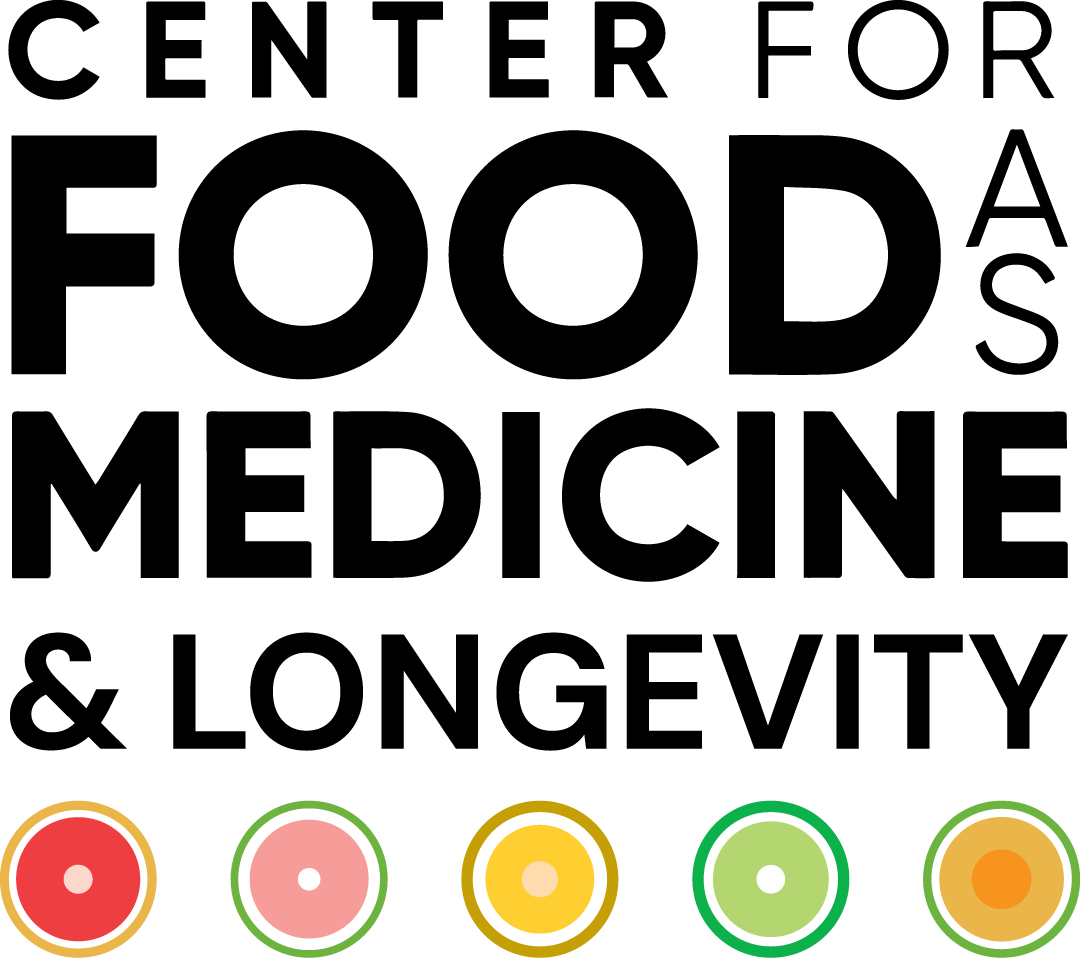“The sins of the father are to be laid upon the children.”
― William Shakespeare, The Merchant of Venice
The auguries of the Bard may indeed be true, and the sins of the father may indeed be laid upon the children. However, science is suggesting that the mother may have a bigger impact. When a mother develops gestational diabetes mellitus (GDM), her offspring are at significantly increased risk of a variety of metabolic diseases, e.g., cardiovascular disease, and adverse health outcomes, including type 2 diabetes (T2D) and obesity. , and related metabolic dysregulation. A recent study (2025) pooled the data of over 3.3 million participants and identified almost 100,000 women with GDM. Subsequent analysis found that their offspring had approximately a 4.5 times higher risk of developing diabetes. An increased risk for obesity, hypertension, dyslipidemia, and cardiovascular disease (a 23% increased risk) accompanied this.
A mechanism involving an epigenetic effect in utero is supported by a classic sibling-comparison study that was performed in a high-risk population, i.e., the Pima Indian population. The study showed that offspring whose mothers were diabetic during pregnancy developed T2D at younger ages than their siblings born before the mother became diabetic, suggesting a direct intrauterine epigenetic effect.[1] The result is that the child’s metabolic system is “reprogrammed” in ways that predispose to the development of insulin resistance, higher adiposity, and ultimately T2D under stressors under the right conditions. The current available evidence suggests that these likely epigenetic changes shift the offspring’s trajectory toward earlier insulin resistance and T2D, with effect sizes amplified when maternal hyperglycemia is more severe or persistent.
This week’s Study Spotlight focuses on a recent analysis that found an increased risk of maternal type II diabetes, GDM, and women who consumed more ultra-processed food, as defined by the NOVA criteria (Group 4 NOVA classification).
- The study examined over 4000 (n=4,207) women with a history of GDM from the Nurses’ Health Study II.
- The average follow-up was 30 years after pregnancy.
- Dietary intake was assessed via food frequency questionnaires.
- Diet was classified according to NOVA criteria and the Alternate Healthy Eating Index-2010 (AHEI).
- Type II diabetes developed in 1,040 participants (approximately 25%).
- The highest quartile of UPF consumption, compared to the group eating the least, had a 20% higher risk of developing type II diabetes.
- This risk persisted even for women who consumed a “healthier” diet by AHEI criteria.
The Caveat:
In women who develop GDM, the in utero environment appears to induce epigenetic changes that manifest as increased risk of developing T2D in the offspring. These women represent a high-risk population in terms of developing future T2D themselves. Like many epigenetic phenomena, the environment plays a key role in risk. That environment includes the foods we choose to eat.
This study suggests that ultraprocessed foods carry a significant risk that persists even when women in this high-risk population consume a “healthy” diet as defined by current measures, i.e., the AHEI. Greater weight gain was observed in women with greater UPF consumption and a high AHEI (a higher AHEI reflects a higher-quality diet using traditional measures). This was not observed in women with lower UPF consumption and a high AHEI.
Evidence also suggests that consuming more UPFs during pregnancy increases risk; a recent meta-analysis found that for every 100 g increment in UPF intake, there was a related 27% increased risk of GDM.[2] Taken together, the data suggest that high consumption of ultraprocessed foods puts both mother and offspring in harm’s way, by means of a significantly increased risk of developing type II diabetes, prior, during, and after pregnancy. It also suggests that our current models of a “healthy” diet, as reflected by a high AHEI, may be measuring the wrong variables. Fresh foods and a fresh look may be the order of the day.
[1] (Dabelea, 2008)
[2] (Talebi, 2024)
Additional references:

